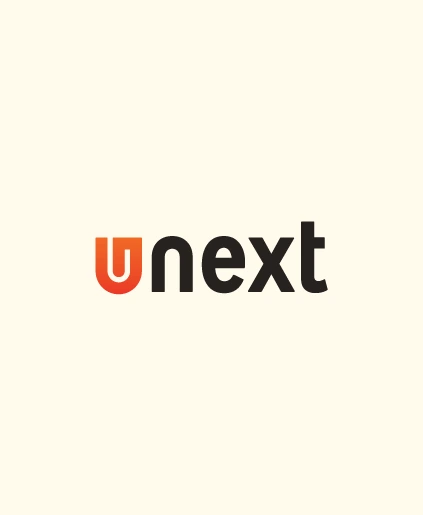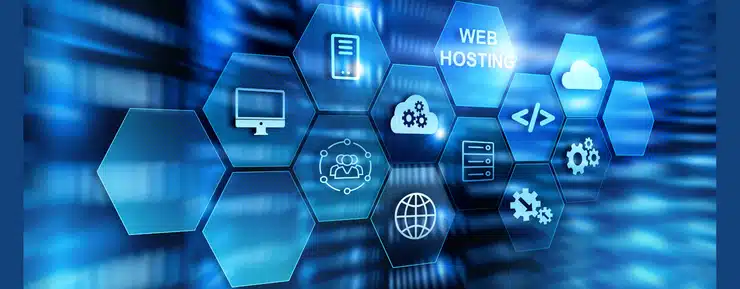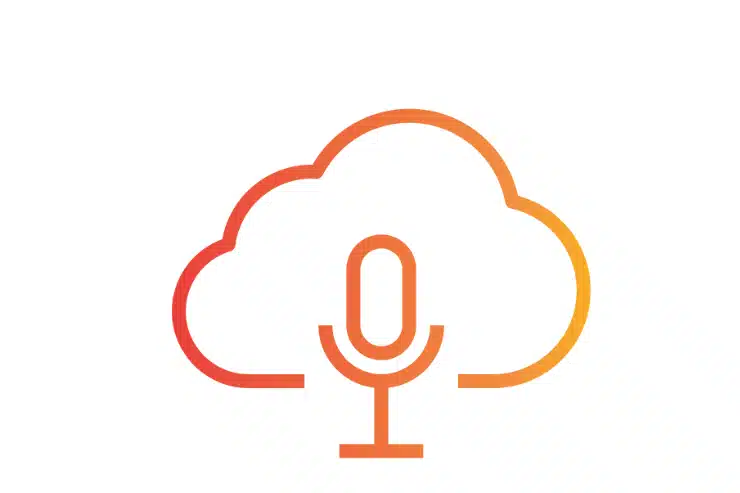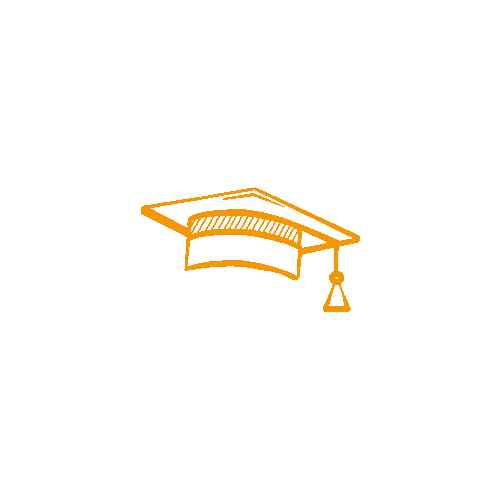Cloud Computing and IoT: 3 Important Things To Understand

Introduction
Cloud Computing and IoT are one of the most trending technologies in today’s world. Although these are two different technologies, it is very interesting to learn about the interdependence of cloud computing and IoT. In this article, we will briefly explain the close relation between Cloud Computing and IoT, while covering the following topics-
- What is IoT?
- IoT and Cloud Computing in Action (Examples of how Cloud Computing and IoT work together)
- Understanding the Close Relation between IoT & Cloud Computing

A. What is IoT?
IoT has significantly changed the world in which we live. The Internet of Things is a system of systems. That means all the electronic devices will be connected to each other in a local area, forming a system. These systems will connect to each other, forming a bigger network system, which will be the building blocks of IoT. The devices or nodes are an essential part of the IoT that act as active sensing devices and actuators which collect the data and perform ground-level processing.

B. Cloud Computing and IoT in Action
You wake up on just another Monday morning, a piece of soothing music starts playing, your daily instant coffee is ready, topped by a bread toast, and you are informed about the latest news, notifications, and weather reports of the day. That’s the power of combining Cloud computing and IoT. This is just a precursor to the kind of automation humans have been targeting for years. With enhancements in data communication techniques, more and more devices are coming closer to make a system that drastically changes the potential of gadgets with the incorporation of IoT and Cloud computing.
Here’s another example – a car. After taking a long road trip, Manish is back from his hometown. His car warns him of some issues through the signal in the dashboard. Now, he is confused about whether this is a minor fault or should he immediately report this to a mechanic. After some basic diagnosis, he finds out that the braking system is having some issues.
Now, in this case, the breaking sensor informed Manish about a fault. In a similar fashion, there are multiple sensors that send warning signals to a main controller near the dashboard, which processes it and sends it on the screen at the appropriate time. Hence, as we saw in this case, multiple small devices collaborated with each other to perform an action that would otherwise have been performed separately, which would have taken a lot of effort.
C. Understanding the Close Relation Between IoT & Cloud Computing

There are millions of developers and companies working on the applications of the Internet of Things and Cloud Computing. IoT has also disrupted various domains, including supply chain, education, architecture, etc. From easing the lifestyle of humans to providing security checks, sitting on new faults, automatic data transfer, robotics automation, and even making a toast for humans, IoT has done it all.
In the example we saw above, the different sensors or components were interacting within the system through physical connections. With the enhancement of wireless modes of communications, IoT has expanded various possibilities.
A) Data Storage
To understand the role of cloud computing in IoT, let us think of a situation where we take some of the components out of the system and put it on the cloud, that can be accessed through the internet. Now, the system doesn’t break, but it provides an alternate way of storing and processing the data in a combined system of IoT and Cloud Computing. For example, you program your Alexa to inform you about the latest news, weather, and traffic details every morning. Alexa, a cloud-based IoT, sends requests to cloud applications like Google Maps, etc. to fetch the information and provide it to you.

B) Data Security
Apart from this, secure integration of IoT and Cloud Computing also helps in avoiding data leaks and attacks. Saving the data (that might include keys and passwords) on a local device, is generally not a good idea. For industrial applications, security can be enhanced by encrypting important information onto the cloud. Additionally, storing a huge amount of data on local machines can be a tedious and costly process. Processing limits on the local machines are also limited, and for complex operations and applications, the cloud seems to be a viable option.

Conclusion
The integration of IoT and Cloud Computing has expanded numerous possibilities and has opened doors for domains that work for the security of IoT Cloud integration and a large amount of data to handle. In the coming years, with more and more IoT Cloud providers coming up, we can expect to see new and exciting applications of IoT Cloud Computing. Interested to know more about Cloud Computing and IoT? Take a look at our “Postgraduate Certificate Program in Cloud Computing”, a 5.5-month online program that will help you become a complete cloud professional.






